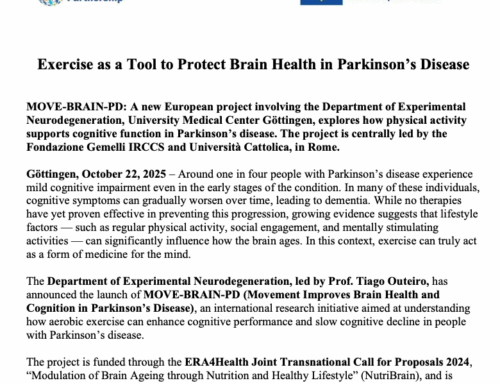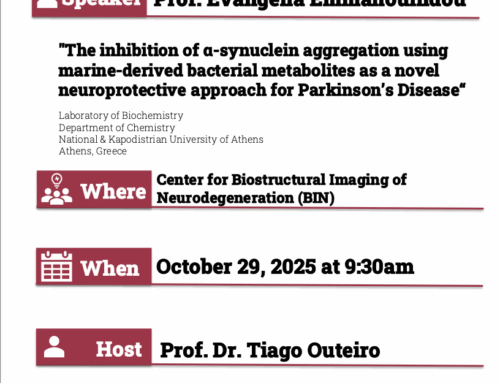Physiological α-synuclein serine-129 phosphorylation is not an oxymoron
α-Synuclein is an abundant presynaptic protein that regulates neurotransmission. It is also a key protein implicated in a broad class of neurodegenerative disorders termed “synucleinopathies,” including Parkinson’s disease and dementia with Lewy bodies. Pathological α-synuclein deposits in these diseases, Lewy bodies/neurites, contain about 90% of α-synuclein in its phospho-serine129 (pS129) form. Therefore, pS129 is widely used as a surrogate marker of pathology. Intriguingly, our recent findings imply that a) pS129 is physiologically triggered by neuronal activity to positively regulate synaptic transmission, and b) physiological and pathological pS129 can be distinguished based on its biochemical properties. Taken together, it is important to acknowledge the ambiguity and context-specific nature of the most prominent post-translational modification in the key protein of synucleinopathies..



